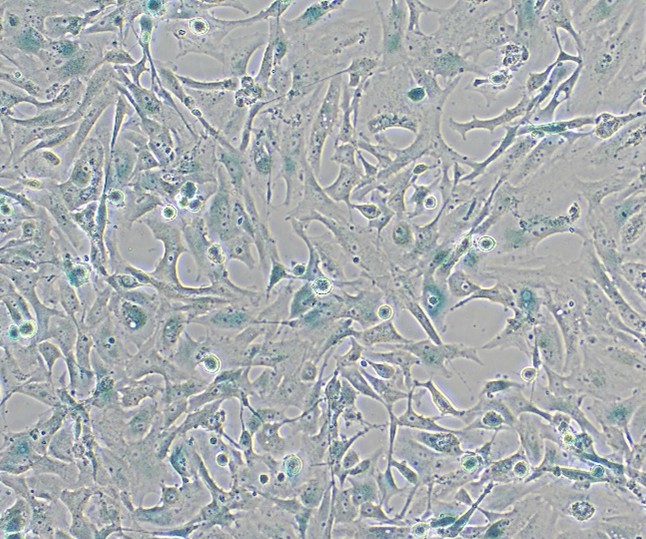Human ageing has two long-discussed causes: epigenetic ageing and senescence. Epigenetic ageing, which can be measured with so-called ‘epigenetic clocks’, is due to deterministic processes embedded in the mammalian genome. Stochastic (random) damage, which may be due to wear and tear and/or malfunctioning of stress response machinery, leads to cellular senescence. Epigenetic clocks are a maintenance system that appears to be conserved in all model organisms, including humans.
Thus, although the link between cellular senescence and ageing is indisputable, epigenetic ageing appears to act independently of the common stressors that induce senescence.
This experiment aims to study the primordial nature of the epigenetic clocks of ageing and senescence by measuring their functioning and timing capacity in an environment of ‘cosmic silence’. Taking advantage of the absence of background radiation from the LSC, the aim is to test whether the presence of variable radiation during the ~200 million years of mammalian evolution in the near-surface environment is a multicomponent abiotic factor that is integrated into the apparently indelible ticking rhythms of epigenetic clocks.


